The Ethics of Catch-and-Photo Instead of Catch-and-Keep
In the dynamic world of recreational fishing, a significant shift has emerged in recent years – the rise of the catch-and-photo approach as an alternative to the traditional catch-and-keep method. This philosophical evolution reflects growing environmental awareness, conservation ethics, and technological advancement, allowing anglers to document their catches without permanently removing fish from their ecosystems. As fishing practices evolve alongside our understanding of aquatic environments, the ethical implications of how we interact with fish populations have come under increased scrutiny. This article explores the multifaceted ethical considerations surrounding catch-and-photo fishing, examining the benefits and potential concerns of this increasingly popular approach to one of humanity’s oldest recreational activities.
The Evolution of Recreational Fishing Ethics
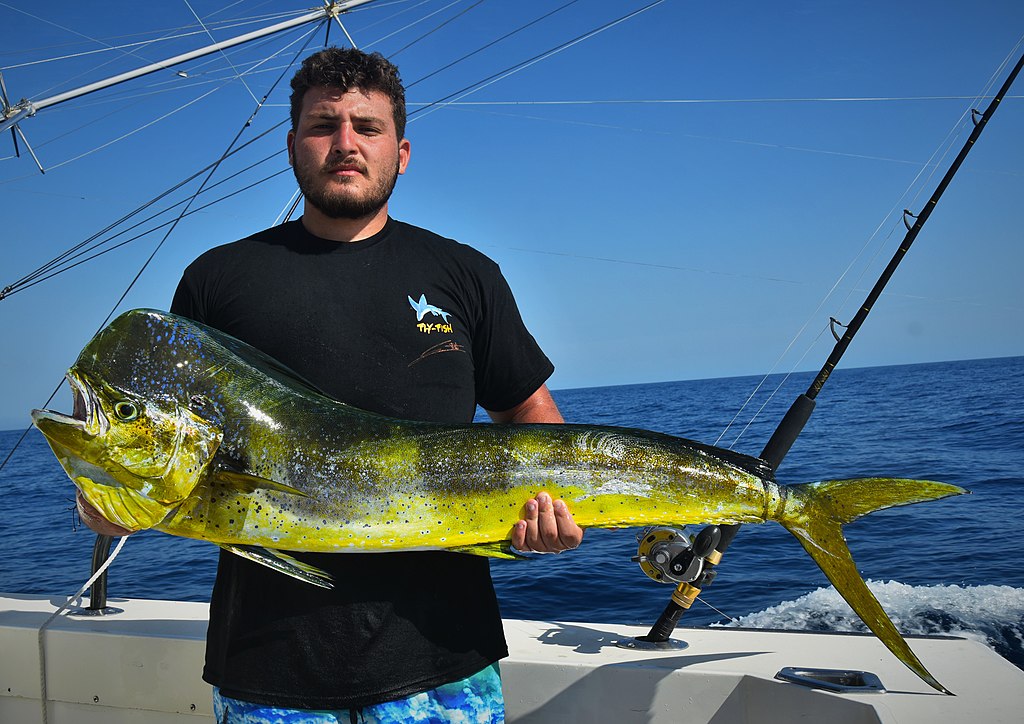
Fishing has undergone a remarkable ethical evolution throughout human history, transforming from a purely subsistence activity to a multifaceted pursuit with diverse motivations and practices. The traditional catch-and-keep approach, where anglers harvest fish primarily for consumption, has deep historical roots dating back thousands of years when fishing was essential for survival. In the mid-20th century, as recreational fishing gained popularity and environmental awareness grew, catch-and-release practices emerged as anglers recognized the need to preserve fish populations for future generations. Today’s catch-and-photo movement represents the latest progression in this ethical journey, emphasizing minimal impact while still allowing anglers to document their experiences and achievements. This evolution reflects broader societal shifts toward more sustainable interactions with nature and recognition of our responsibility as stewards of natural resources.
Environmental Benefits of Catch-and-Photo

The catch-and-photo approach offers significant environmental advantages compared to traditional harvest fishing methods. Most importantly, it allows fish to remain in their ecosystem, continuing their ecological roles, including reproduction, predation, and serving as prey for other species. Population studies consistently show that heavily fished areas practicing catch-and-photo principles maintain healthier, more balanced fish communities with natural age distributions. This practice also promotes biodiversity by preventing the selective removal of trophy specimens, which often represent the most genetically valuable breeding stock. Additionally, by keeping fish in their natural habitats, catch-and-release fishing helps maintain the delicate balance of aquatic ecosystems, where the removal of certain species or size classes can trigger cascading effects throughout the food web. The cumulative impact of many anglers adopting this practice can significantly contribute to conservation efforts for threatened fisheries.
The Technology Revolution Behind Catch-and-Photo
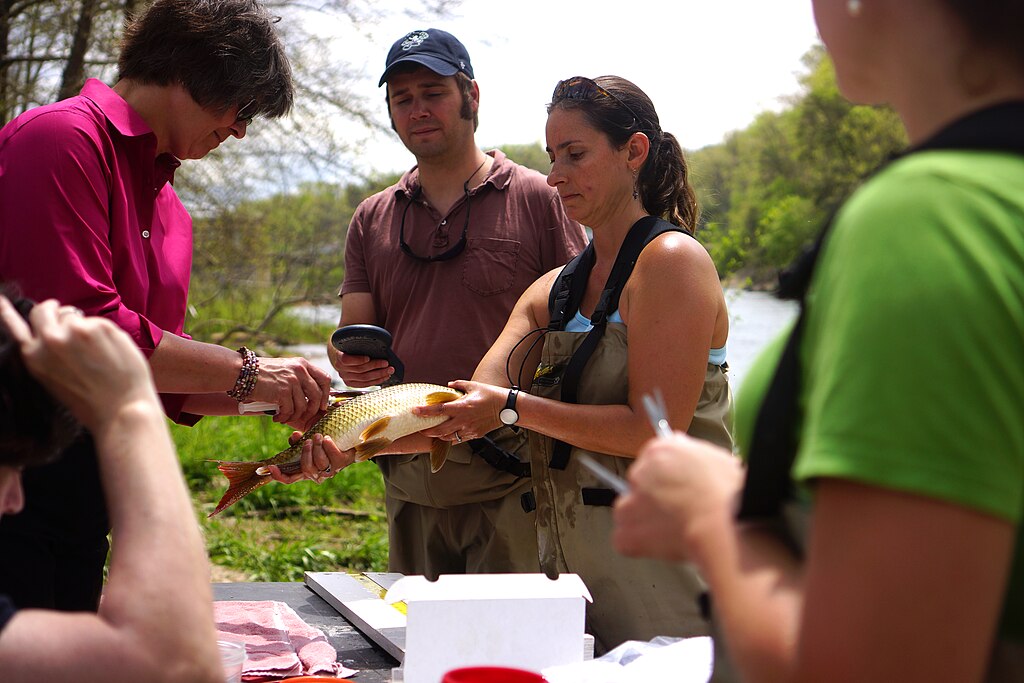
Technological advancements have been instrumental in popularizing the catch-and-photo approach, making it more accessible and rewarding for anglers worldwide. The ubiquity of waterproof smartphones and compact digital cameras has democratized fish photography, allowing virtually any angler to document their catches with impressive quality. Specialized fish handling tools designed for photography, such as rubberized landing nets, wet measurement boards, and lip grips with built-in scales, enable quick documentation while minimizing harm. Social media platforms have further accelerated this trend by providing immediate gratification through sharing content with global audiences, often generating more recognition than traditional physical displays. Advanced photo editing applications now allow anglers to enhance their catch photos, add location information, and create digital logbooks that serve as permanent records without requiring physical specimens. This technological ecosystem has created a satisfying alternative to traditional taxidermy or “bragging boards” that once motivated many anglers to keep their prize catches.
Fish Welfare and Stress Considerations
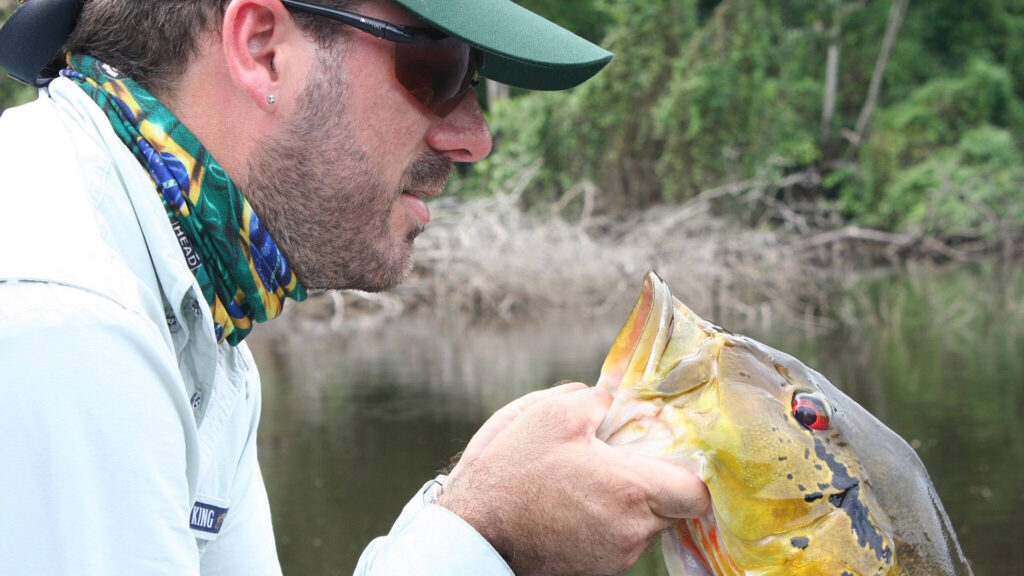
While catch-and-release fishing significantly reduces mortality compared to harvest fishing, it still raises important animal welfare concerns that ethical anglers must consider. Research indicates that fish experience physiological stress responses during capture, including elevated heart rates, increased cortisol levels, and physical exhaustion that can persist long after release. The process of handling fish for photography extends their time out of water, potentially increasing respiratory distress and physical damage to protective slime coats that defend against pathogens. Environmental factors such as water temperature significantly affect stress levels, with warm water conditions particularly dangerous as they contain less dissolved oxygen, and fish already have higher metabolic demands. Responsible catch-and-photo anglers minimize these stressors by using appropriate tackle to avoid exhausting fights, employing proper handling techniques with wet hands, keeping air exposure under 10 seconds, and sometimes avoiding fishing entirely during extreme conditions when fish are particularly vulnerable. These considerations acknowledge that catch-and-release fishing has an impact that should be minimized through ethical practices.
Best Practices for Ethical Fish Photography

Ethical fish photography requires careful planning and execution to minimize stress and injury to the catch. Preparation begins before the fish is even caught, with photographers ensuring all equipment is ready, camera settings adjusted, and hands wet to protect the fish’s protective slime coat. The ideal approach keeps the fish partially submerged in a landing net while quickly composing and taking photos, rather than fully removing it from the water. Horizontal positioning of the fish is strongly preferred over vertical lifting by the jaw, which can cause serious internal injuries, particularly in larger specimens. Time management is crucial—ethical photographers limit air exposure to under 10 seconds, taking just a few quick shots rather than extended photo sessions. For measuring and weighing, specialized tools like wet measuring boards and quick-read digital scales minimize handling time while still documenting the catch’s dimensions. These practices represent the growing understanding that a successful catch-and-photo experience prioritizes the fish’s welfare alongside the angler’s desire for documentation.
The Ecological Impact of Selective Harvest vs. No Harvest

The ecological implications of different fishing approaches extend far beyond simple fish counts, affecting entire aquatic ecosystems in complex ways. Selective harvest, when practiced with scientific understanding, can benefit certain fisheries by removing specific size classes or species that have become overpopulated, helping maintain balanced predator-prey relationships. However, the historical pattern of anglers preferentially harvesting the largest specimens has created problematic evolutionary pressures, with some fish populations now maturing at smaller sizes and younger ages—a phenomenon documented in heavily fished areas worldwide. Complete catch-and-photo approaches help preserve natural size distributions and genetic diversity, allowing fish to reach their biological potential and maintain normal reproductive patterns. Research in marine protected areas where harvest is prohibited demonstrates that fish populations not only recover in numbers but also age structure, with the return of larger, more fecund individuals that produce disproportionately more offspring. The ecological choice between selective harvest and catch-and-photo approaches ultimately depends on specific fishery conditions, management goals, and the cumulative impact of angling pressure.
Cultural and Traditional Fishing Values
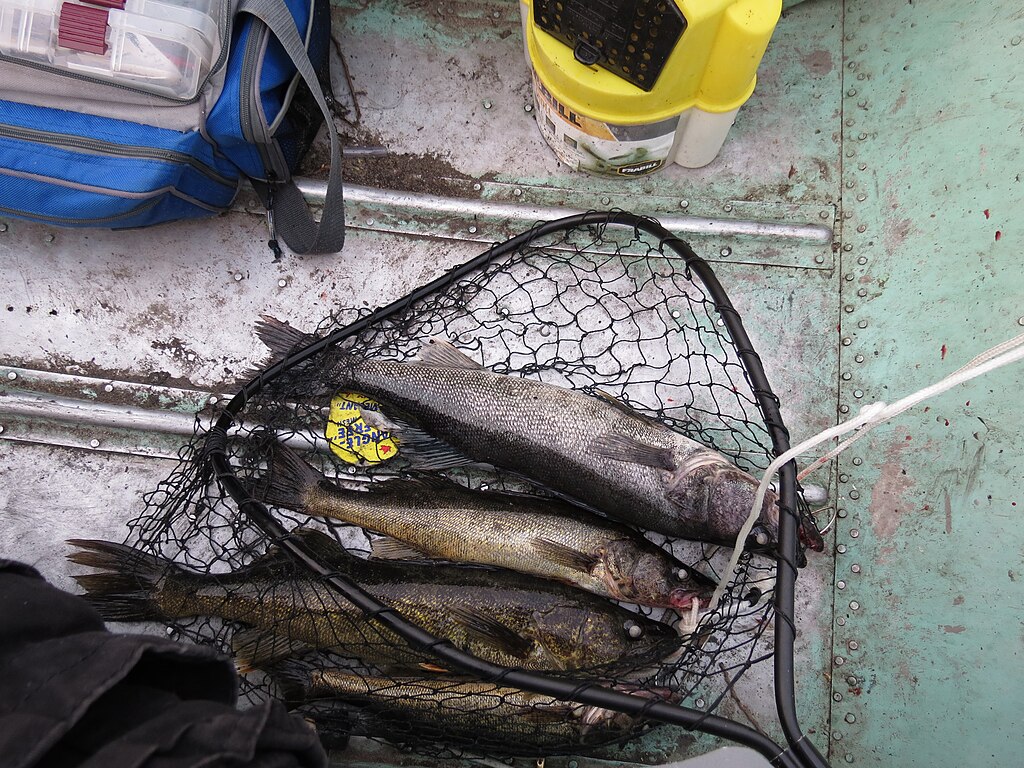
The shift toward catch-and-release fishing represents a significant evolution in recreational fishing culture that sometimes conflicts with deeply held traditional values. For many communities worldwide, harvesting fish for the table represents more than mere sustenance—it embodies cultural heritage, family traditions, and connection to ancestral practices that have been passed down through generations. Certain cultural ceremonies and gatherings specifically center around fish harvests and communal meals, creating meaningful social bonds that transcend the mere act of fishing. Additionally, the specialized knowledge of cleaning, preparing, and cooking different fish species represents a form of cultural wisdom that risks being lost if catch-and-release becomes the exclusive norm. The most balanced ethical approach recognizes that selective, sustainable harvest can coexist with conservation-minded practices, respecting both traditional fishing values and ecological concerns. This cultural dimension reminds us that fishing ethics must consider human communities alongside environmental factors, seeking sustainable balance rather than absolute prohibitions.
The Role of Fishing Regulations and Management

Effective fisheries management plays a crucial role in balancing the ethical considerations of catch-and-release versus harvest approaches. Regulatory agencies use scientific data to establish complex management frameworks, including seasonal closures, size limits, creel limits, and special regulations for vulnerable species, all designed to maintain healthy fish populations while allowing reasonable harvest. These regulations increasingly incorporate catch-and-photo zones such as trophy areas, slot limits, and catch-and-release-only waters where especially valuable fish receive higher protection. Technological advances in fisheries science, including genetic monitoring, acoustic tagging, and population modeling, now provide managers with more precise tools to evaluate the impact of different fishing approaches on specific waters. Ethical anglers recognize that regulations represent minimum standards rather than aspirational goals, often choosing more conservative personal practices that exceed legal requirements based on local conditions and conservation needs. The most successful management systems incorporate stakeholder input from diverse perspectives—including traditional harvesters, catch-and-photo advocates, and conservation biologists—creating more widely accepted and effective frameworks that serve both ecological and human needs.
The Paradox of Fishing Tourism and Conservation

Fishing tourism presents a fascinating ethical paradox where catch-and-release practices often serve both conservation and economic interests simultaneously. Remote fishing destinations from the Seychelles to Alaska have discovered that a living fish has substantially greater economic value when repeatedly caught and photographed by multiple tourists than when harvested once. This economic reality has transformed former commercial fishing grounds into catch-and-release sanctuaries, where local guides and communities earn sustainable livelihoods by preserving rather than extracting fish resources. The resulting conservation success stories include the protection of vast habitat areas, enforcement against illegal harvesting, and creation of marine protected areas funded largely by catch-and-release tourism. However, this model also raises concerns about carbon footprints from long-distance travel, cultural impacts on traditional fishing communities, and equitable access to fisheries when prime waters become exclusive destinations with premium price tags. The most ethical fishing tourism operations address these concerns through carbon offset programs, meaningful involvement of local communities in decision-making, and programs that maintain reasonable access for diverse stakeholders while still protecting the resource.
Digital Trophies and Social Media Ethics

The rise of social media has transformed how anglers display and share their catches, creating new ethical considerations specific to the digital age. Fishing photographs now reach audiences numbering in the thousands or even millions, creating powerful educational opportunities but also potential conservation risks when locations of vulnerable fish populations are inadvertently revealed. Ethical social media users have developed practices like delayed posting, obscuring backgrounds, and deliberately vague location information to protect sensitive fisheries from sudden influxes of pressure. The competitive nature of online fishing communities has also created problematic incentives for some anglers to prioritize impressive photos over fish welfare, leading to extended handling times and inappropriate photography practices. Responsible influencers and fishing personalities now model ethical behavior by showing proper fish handling, discussing conservation issues, and emphasizing the experience rather than just trophy measurements. This emerging digital ethics framework recognizes that with the wide reach of social media comes increased responsibility to represent fishing in ways that promote conservation values and respect for aquatic resources.
The Ethics of Fish Replicas and Alternatives to Taxidermy
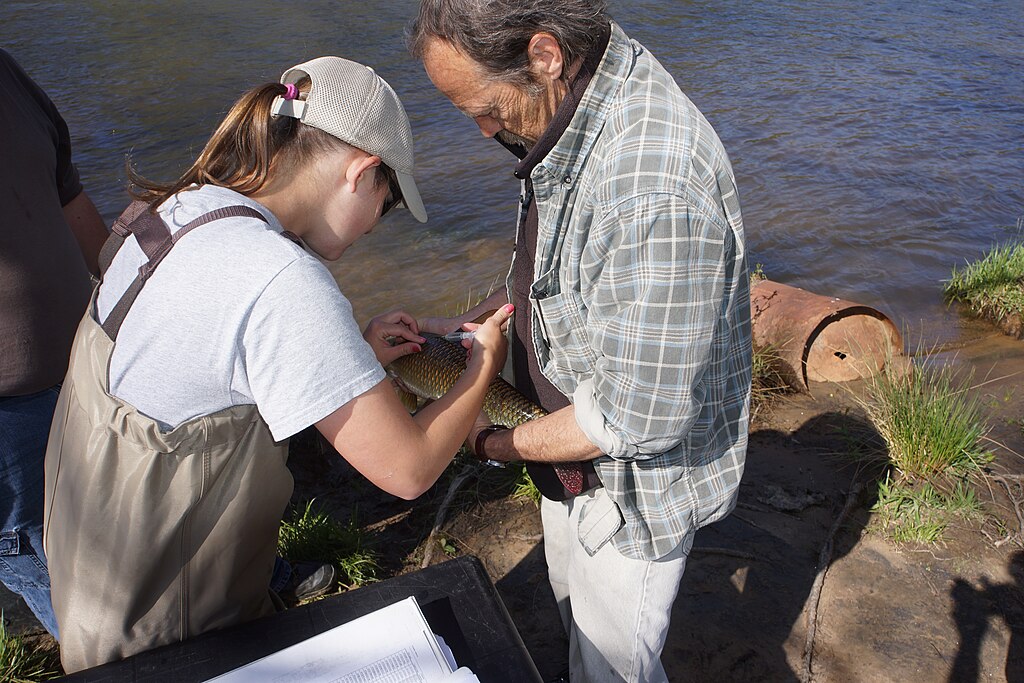
Modern replica technology has revolutionized fishing trophies, providing ethically aligned alternatives to traditional taxidermy that required killing the fish. Today’s high-quality fiberglass reproductions, created from photographs and measurements, offer remarkably lifelike representations that often exceed the quality of skin mounts while allowing the original fish to remain in the ecosystem. The replica industry has developed sophisticated techniques for accurately capturing individual characteristics from photographs, including precise coloration patterns, battle scars, and unique features that make each reproduction personally meaningful to the angler. Beyond physical replicas, digital trophies have emerged as popular alternatives, including professionally edited photographs, custom artwork, and even 3D printed models based on photogrammetry that capture the fish’s exact dimensions without extended handling. These technological alternatives satisfy the natural human desire to commemorate significant catches while aligning with conservation ethics. Many anglers who transition to catch-and-photo practices report that high-quality photographs or replicas provide equal or greater satisfaction than traditional mounts, particularly when combined with the knowledge that their trophy fish continues to thrive.
Philosophical Perspectives on Recreational Fishing

The catch-and-photo movement has stimulated deeper philosophical examination of humanity’s relationship with fish and aquatic environments. Various ethical frameworks offer different perspectives on the morality of fishing itself, from utilitarian views that focus on minimizing suffering, to virtue ethics examining the character and intentions of anglers, to biocentric approaches that consider the inherent value of individual fish. The concept of “unnecessary harm” becomes particularly relevant in recreational fishing, raising questions about whether any disturbance of fish can be justified when not motivated by subsistence needs. Catch-and-photo advocates often adopt stewardship ethics that emphasize human responsibility toward natural resources, viewing themselves as participants in conservation rather than mere consumers of resources. Environmental philosophers note that photography-based fishing represents an interesting evolution from consumptive to appreciative recreation, similar to the historical shift from hunting to wildlife photography in some contexts. These philosophical inquiries lack simple answers but encourage anglers to examine their motivations, develop personal ethical frameworks, and consider how their fishing practices align with their broader values regarding the natural world.
Future Trends in Fishing Ethics and Conservation
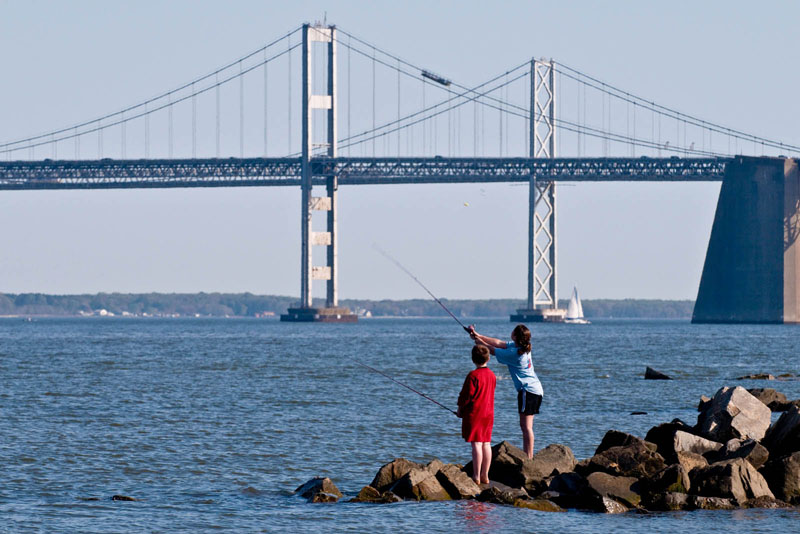
The trajectory of fishing ethics suggests continuing evolution toward more refined, science-informed approaches that balance human enjoyment with ecological responsibility. Emerging technologies promise to further minimize fishing impacts, including hook designs that reduce deep hooking, biodegradable fishing components that prevent ghost fishing if lost, and improved catch monitoring systems that provide real-time data on fish populations. Citizen science initiatives increasingly engage anglers in conservation, with catch-and-photo documentation contributing valuable data on fish distribution, growth rates, and population health through digital platforms. Climate change considerations are becoming central to fishing ethics as water temperatures rise, with responsible anglers adjusting their practices seasonally to avoid fishing during thermal stress periods. Educational programs specifically addressing ethical angling practices are expanding in fishing clubs, schools, and online communities, creating more informed participants who understand the ecological context of their recreation. The most promising vision for the future integrates the valid aspects of both catch-and-photo and selective harvest approaches into a comprehensive ethical framework that respects fish welfare, ecological health, cultural traditions, and the diverse values that bring people to the water.
Conclusion
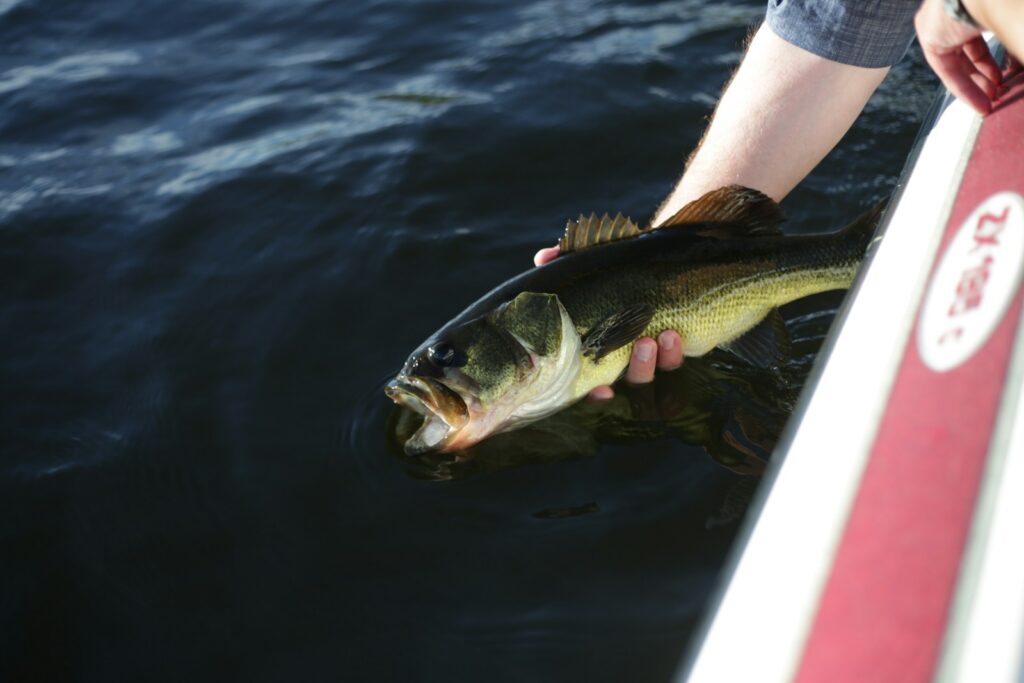
The ethics of catch-and-photo fishing represent a thoughtful evolution in how humans interact with aquatic environments, balancing our desire to experience and document catches with growing awareness of conservation needs. While not without its considerations regarding fish stress and handling, this approach offers significant advantages over unrestricted harvest fishing, particularly in heavily pressured waters and for vulnerable species. The most responsible path forward likely involves situational ethics rather than rigid doctrine—understanding when catch-and-photo makes ecological sense, when selective harvest is appropriate, and how to practice either approach with minimal impact. As technology, science, and cultural attitudes continue to evolve, the ethical angler’s path involves ongoing education, reflection, and a fundamental respect for the remarkable creatures that make fishing possible. In this thoughtful approach to fishing ethics, we find not only better outcomes for fish populations but also deeper, more meaningful connections to the waters we cherish.
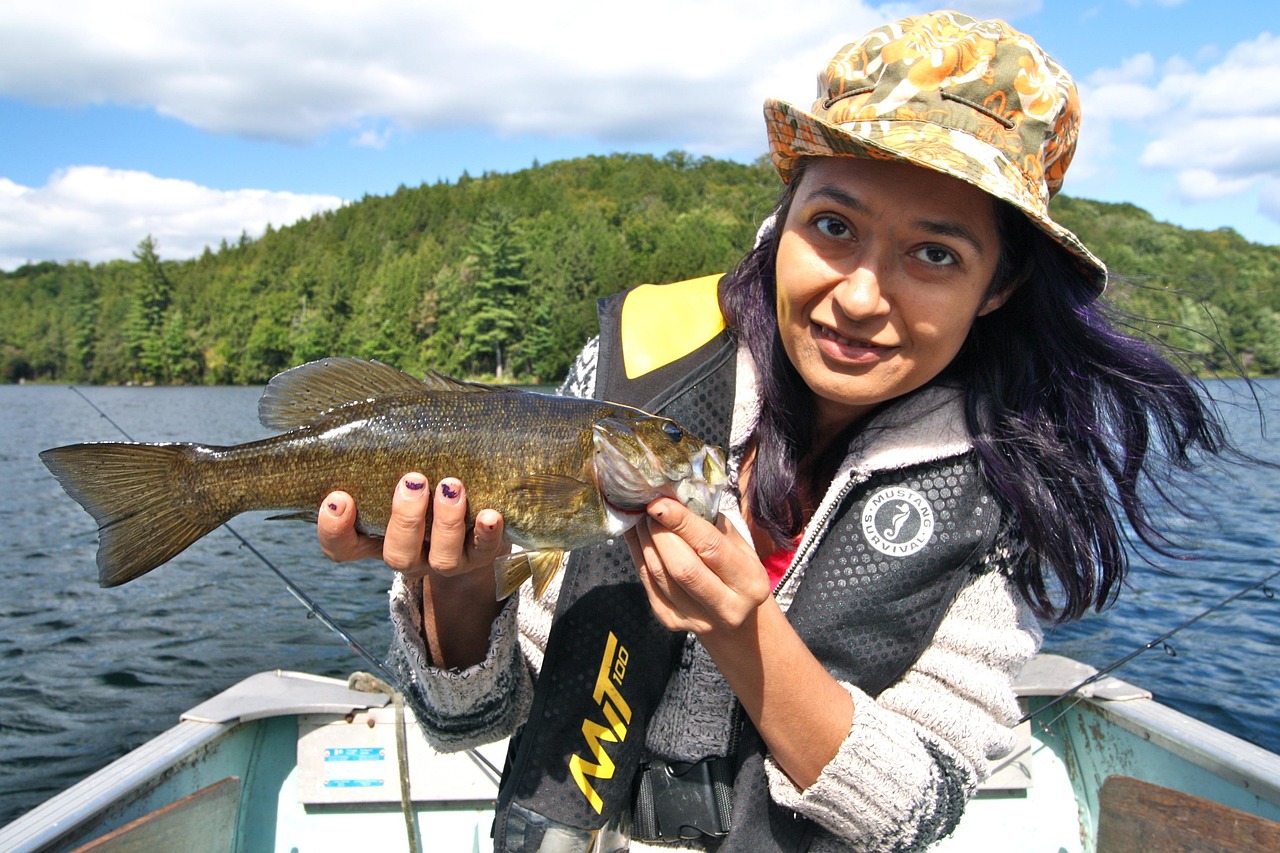
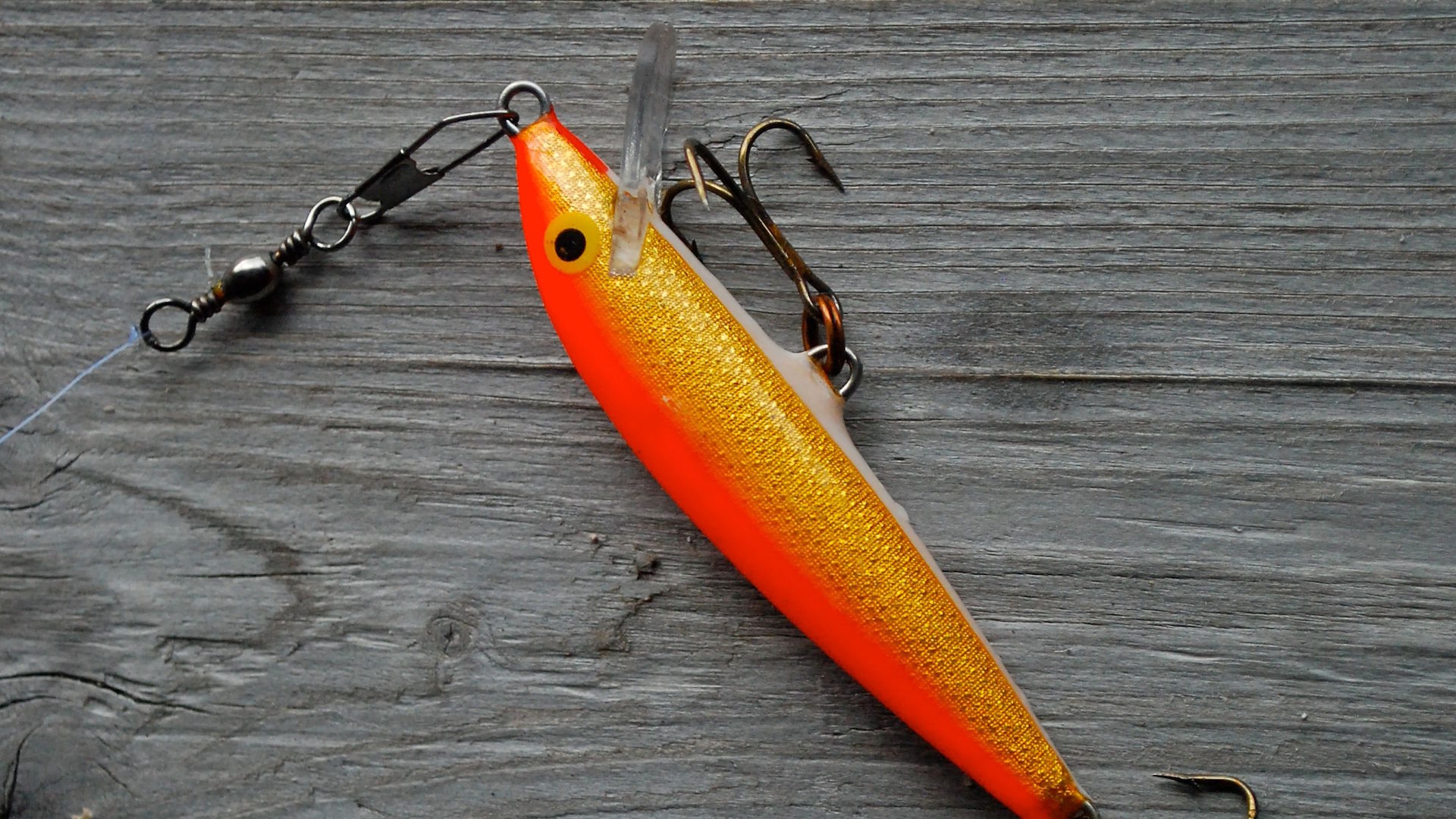












Post Comment